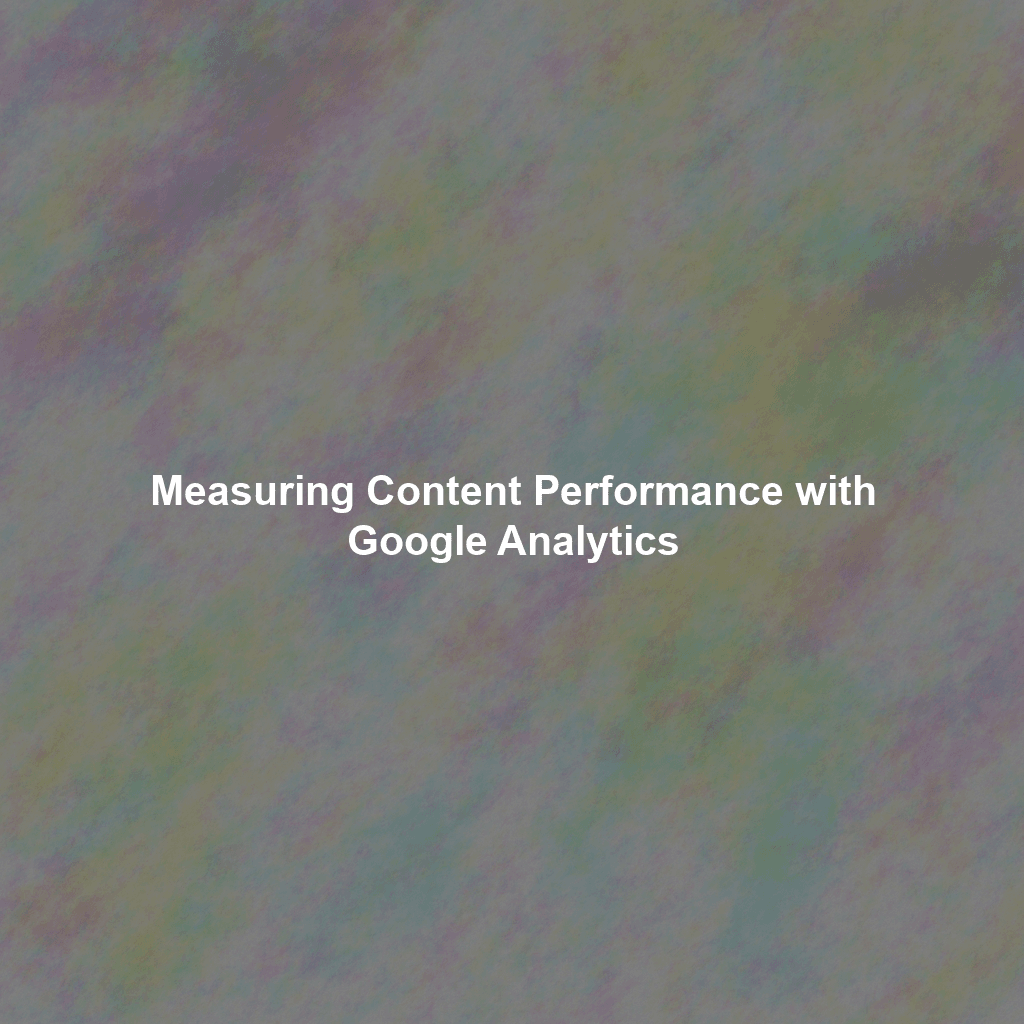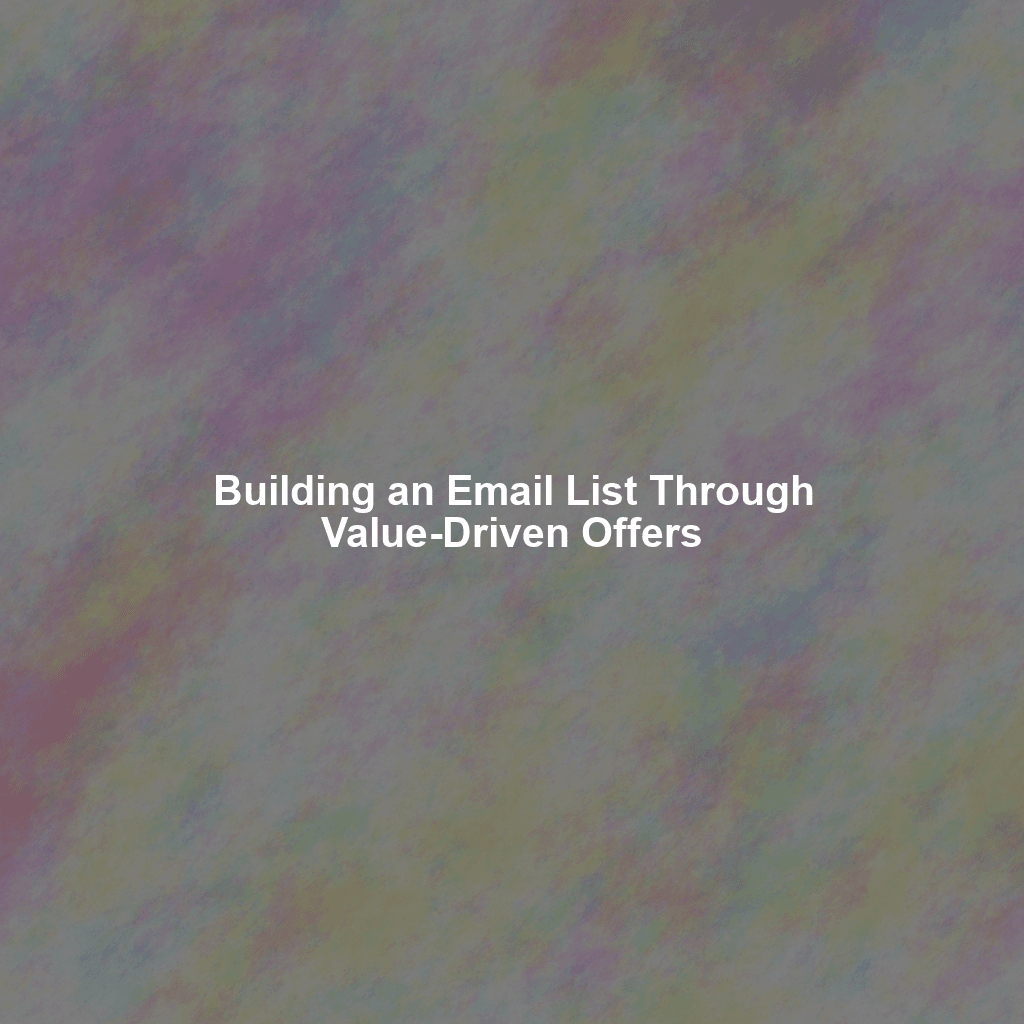The Affiliate Marketer’s Secret Weapon: Conversion Rate Optimization
In the world of affiliate marketing, generating clicks is only half the battle. You might be driving tons of traffic to your affiliate offers, but if those clicks aren’t turning into commissions, you’re essentially leaving money on the table. That’s where Conversion Rate Optimization (CRO) comes in – your secret weapon for transforming lukewarm leads into hot buyers and maximizing your affiliate income.
What Exactly is Conversion Rate Optimization?
Simply put, Conversion Rate Optimization is the process of improving your website or landing page to increase the percentage of visitors who complete a desired action. For affiliate marketers, that desired action is usually clicking through to the merchant’s website and ultimately making a purchase. Your conversion rate is calculated as (Number of Conversions / Total Number of Visitors) * 100. So, if 10 out of 100 visitors click through and buy, your conversion rate is 10%. The higher your conversion rate, the more money you make from the same amount of traffic.
CRO isn’t about tricking people or using shady tactics. It’s about understanding your audience, identifying what’s preventing them from converting, and making strategic changes to remove those barriers. It’s a continuous process of testing, analyzing, and refining to find what works best for your specific audience and affiliate offers.
Understanding Your Audience: The Foundation of CRO
Before diving into specific tactics, it’s crucial to understand who you’re targeting. A deep understanding of your target audience is the cornerstone of effective CRO. Without it, you’re essentially shooting in the dark.
Defining Your Ideal Customer
Who are they? What are their needs, desires, and pain points? What motivates them to buy? Creating detailed buyer personas can help you answer these questions and tailor your messaging and offers to resonate with them.
Gathering Data Through Analytics
Tools like Google Analytics are invaluable for understanding how visitors interact with your website. Track metrics like:
- Bounce Rate: The percentage of visitors who leave your site after viewing only one page. A high bounce rate suggests that your landing page isn’t engaging or relevant to the traffic you’re attracting.
- Time on Page: How long visitors spend on each page. Longer time on page typically indicates higher engagement.
- Exit Pages: The last pages visitors view before leaving your site. This can pinpoint areas where people are dropping off.
- Click-Through Rate (CTR): The percentage of visitors who click on your affiliate links.
- Conversion Rate (As defined above)
By analyzing this data, you can identify areas for improvement and develop hypotheses to test.
Key Elements of a High-Converting Landing Page
Your landing page is the gateway between your traffic source and the merchant’s website. It’s where you have the opportunity to convince visitors that the affiliate offer is right for them.
Compelling Headlines and Subheadings
Your headline is the first thing visitors see. It needs to grab their attention and clearly communicate the value proposition of the offer. Use strong keywords and highlight the benefits. Subheadings should break up the content and guide the reader through the key points.
Persuasive Copywriting
Write clear, concise, and benefit-driven copy that speaks directly to your target audience’s needs and desires. Focus on the “what’s in it for me” aspect. Use persuasive language, social proof (if available), and compelling storytelling to build trust and create a desire for the product.
High-Quality Visuals
Use relevant and high-quality images or videos to showcase the product and its benefits. Visuals can significantly increase engagement and help visitors visualize themselves using the product.
Strong Call-to-Action (CTA)
Your CTA is the final push that encourages visitors to click through to the merchant’s website. Use clear, concise, and action-oriented language. Experiment with different CTA button colors, sizes, and placements to see what performs best. Examples include: “Get Started Now,” “Learn More,” “Claim Your Discount,” or “Shop Now.”
Mobile Optimization
Ensure your landing page is fully responsive and optimized for mobile devices. A significant portion of online traffic comes from mobile users, so a poor mobile experience can drastically reduce your conversion rate.
Page Load Speed
A slow-loading landing page can frustrate visitors and cause them to abandon your site. Optimize your images, leverage browser caching, and use a content delivery network (CDN) to improve page load speed.
A/B Testing: The Engine of Continuous Improvement
A/B testing, also known as split testing, is a powerful technique for comparing two versions of a landing page or element to see which one performs better. By systematically testing different variations, you can identify the changes that have the biggest impact on your conversion rate.
What to Test
Almost anything on your landing page can be A/B tested, including:
- Headlines
- Subheadings
- Body copy
- Images and videos
- Call-to-action buttons (text, color, size, placement)
- Layout and design
- Form fields
How to Conduct A/B Tests
- Define a Hypothesis: What change do you want to test, and what impact do you expect it to have? For example, “Changing the CTA button color from blue to green will increase click-through rate.”
- Create Two Versions (A and B): Make only one change between the two versions to accurately measure the impact of that change.
- Split Your Traffic: Divide your traffic evenly between the two versions.
- Track Your Results: Use analytics tools to track the performance of each version.
- Analyze and Implement: Once you have statistically significant data, analyze the results and implement the winning version.
- Repeat: A/B testing is an ongoing process. Continuously test and refine your landing pages to optimize for maximum conversions.
Tools for A/B Testing
Several tools can help you conduct A/B tests, including Google Optimize, Optimizely, and VWO.
Optimizing Your Sales Funnel
Your sales funnel represents the journey a visitor takes from their initial exposure to your website to ultimately converting into a customer. Optimizing each stage of the funnel is essential for maximizing your affiliate commissions.
Attracting the Right Traffic
Ensure you’re targeting the right audience through your marketing efforts. Focus on driving qualified traffic that is genuinely interested in the affiliate offer. This involves choosing the right keywords, platforms, and targeting options for your campaigns.
Building Trust and Credibility
Establish yourself as a trusted authority in your niche. Provide valuable content, build a strong online presence, and be transparent about your affiliate relationships. This will help build trust with your audience and increase their likelihood of clicking through to your affiliate offers.
Addressing Objections and Concerns
Anticipate and address any potential objections or concerns that visitors might have about the product or service. Provide clear and concise information about its features, benefits, and guarantees. Offer social proof, such as testimonials or reviews, to further build trust and credibility.
Retargeting and Follow-Up
Don’t give up on visitors who don’t convert on their first visit. Use retargeting ads and email marketing to re-engage them and remind them of the offer. Provide additional value, such as exclusive discounts or bonus content, to incentivize them to convert.
Beyond the Landing Page: Other CRO Considerations
While landing page optimization is crucial, several other factors can influence your overall conversion rate.
Affiliate Link Placement
Strategically place your affiliate links throughout your website or content. Use contextual links within your text, as well as visually appealing banner ads or buttons. Ensure your links are easily visible and relevant to the surrounding content.
Website Design and User Experience
A clean, professional, and user-friendly website can significantly impact your credibility and conversion rate. Ensure your website is easy to navigate, visually appealing, and provides a positive user experience.
Email Marketing
Build an email list and use email marketing to nurture your leads and promote your affiliate offers. Segment your list based on interests and behavior, and send personalized emails that provide value and encourage conversions.
Testing Different Affiliate Offers
Don’t be afraid to experiment with different affiliate offers within your niche. Some offers may resonate better with your audience than others. Track your results and focus on promoting the offers that generate the highest conversion rates and commissions.
Staying Ahead of the Curve: Continuous Learning and Adaptation
The world of online marketing is constantly evolving, so it’s essential to stay up-to-date with the latest trends and best practices in CRO. Continuously learn, experiment, and adapt your strategies to stay ahead of the competition and maximize your affiliate income.
Conclusion: Unleash the Power of CRO for Affiliate Success
Conversion Rate Optimization is not a one-time fix, but a continuous process of refinement and improvement. By understanding your audience, optimizing your landing pages, A/B testing relentlessly, and focusing on the entire sales funnel, you can transform more clicks into commissions and achieve remarkable success in your affiliate marketing endeavors. Don’t just drive traffic; convert it!
 Skip to content
Skip to content

